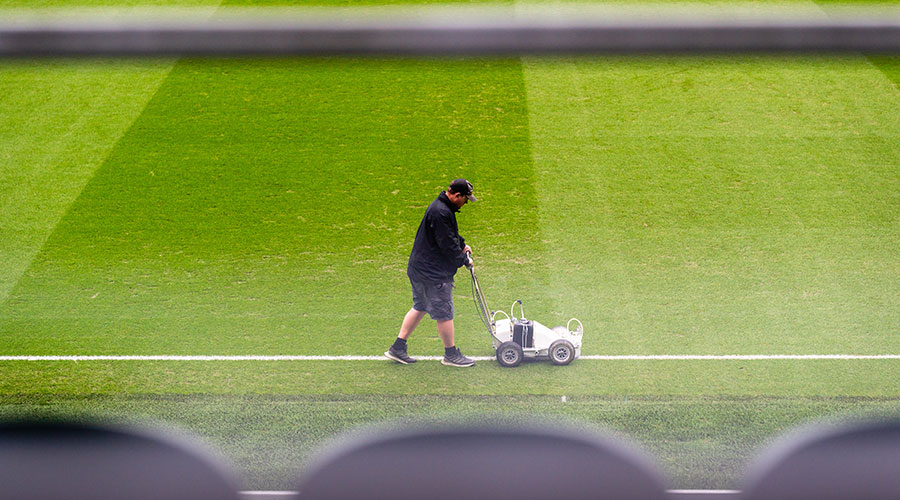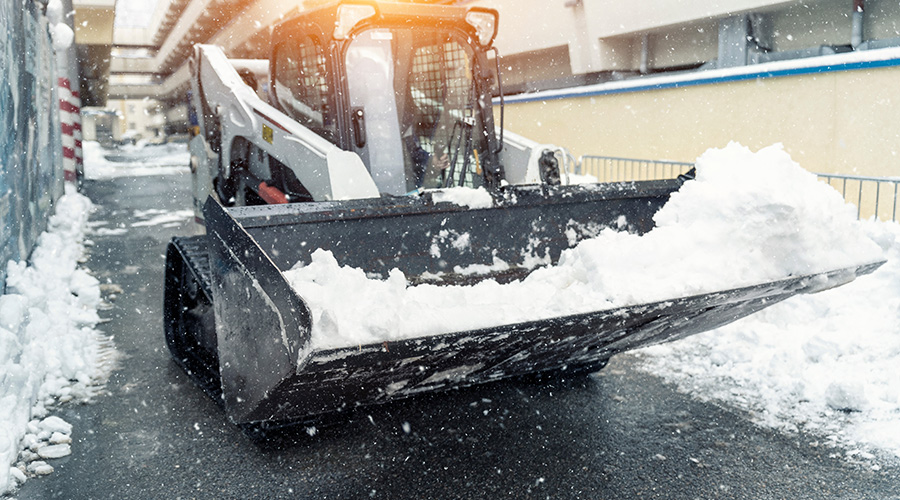Safety Programs Start with Hazard Assessment
A well-designed safety program for grounds care departments begins with a hazard assessment of the tasks employees perform. Often, the large number of younger employees and those who do not speak English complicate safety. These workers tend to have higher rates of injuries and fatalities than other workers, according to OSHA.
Managers should review accident and injury reports to identify site-specific problems, focusing on the most common grounds care injuries and illnesses. Typical injuries related to grounds care include:
• injuries from electric- and gas-powered hand tools and equipment, including chain saws, tillers, and gardening tools
• bruises, abrasions, sprains, strains and pain in the back, shoulders, hands, wrists and joints, from performing repetitive work, working in awkward positions, lifting improperly, using excessive force, and operating vibrating equipment
• electrical shock and electrocution from contact with improperly grounded electric-powered hand tools, as well as overhead and underground power lines
• eye injuries and hearing loss from using noisy equipment, including chippers, chain saws, concrete cutters, skid-steer loaders, trenchers, and backhoes.
Related Topics:














